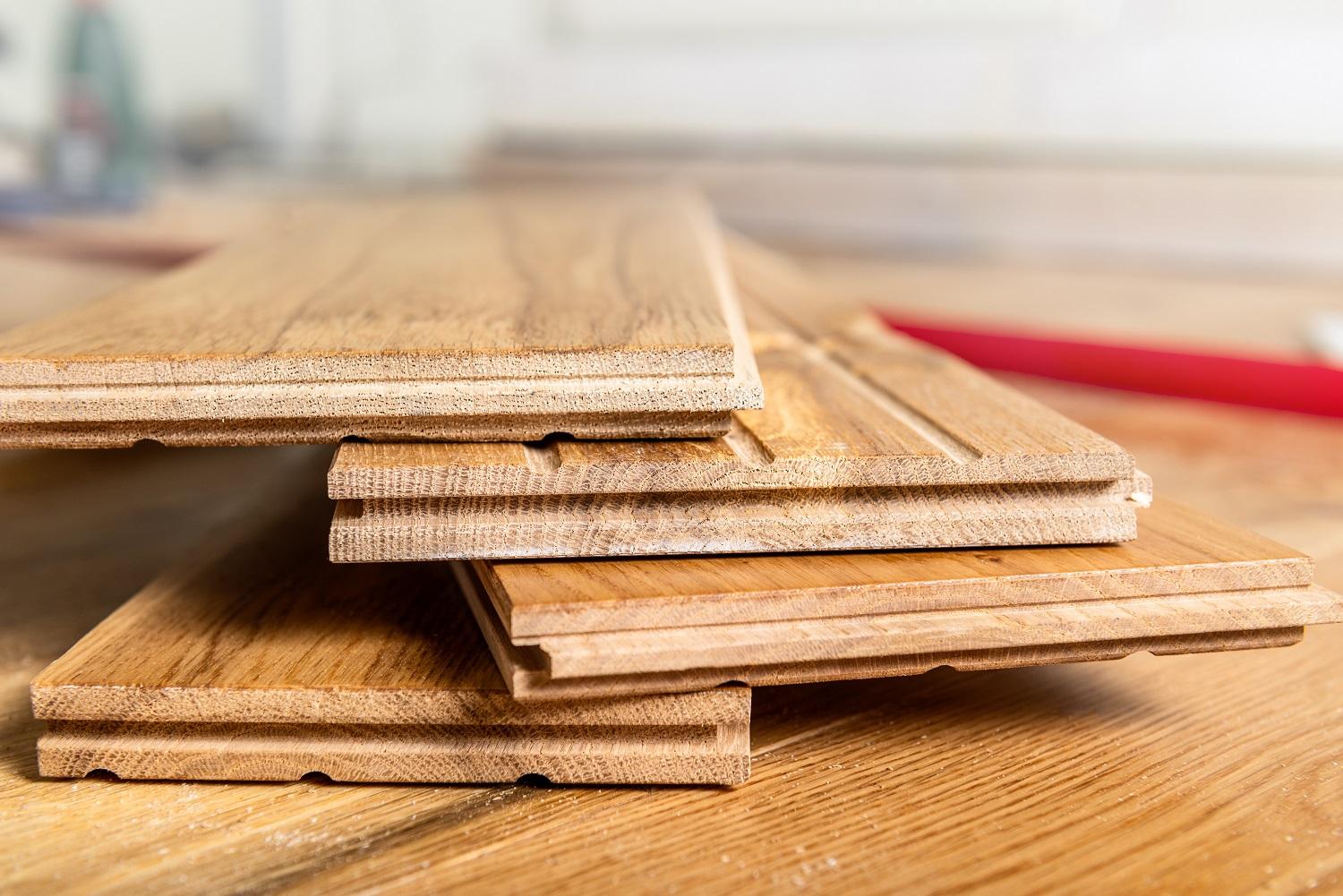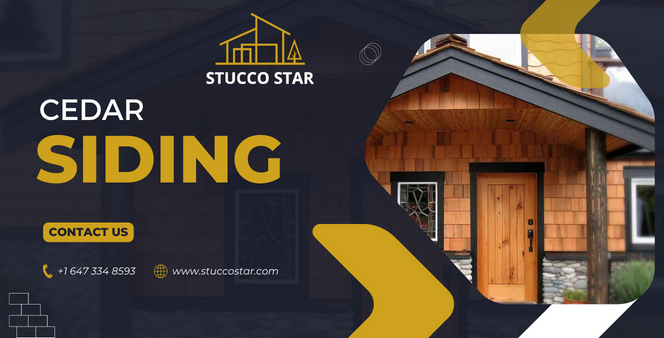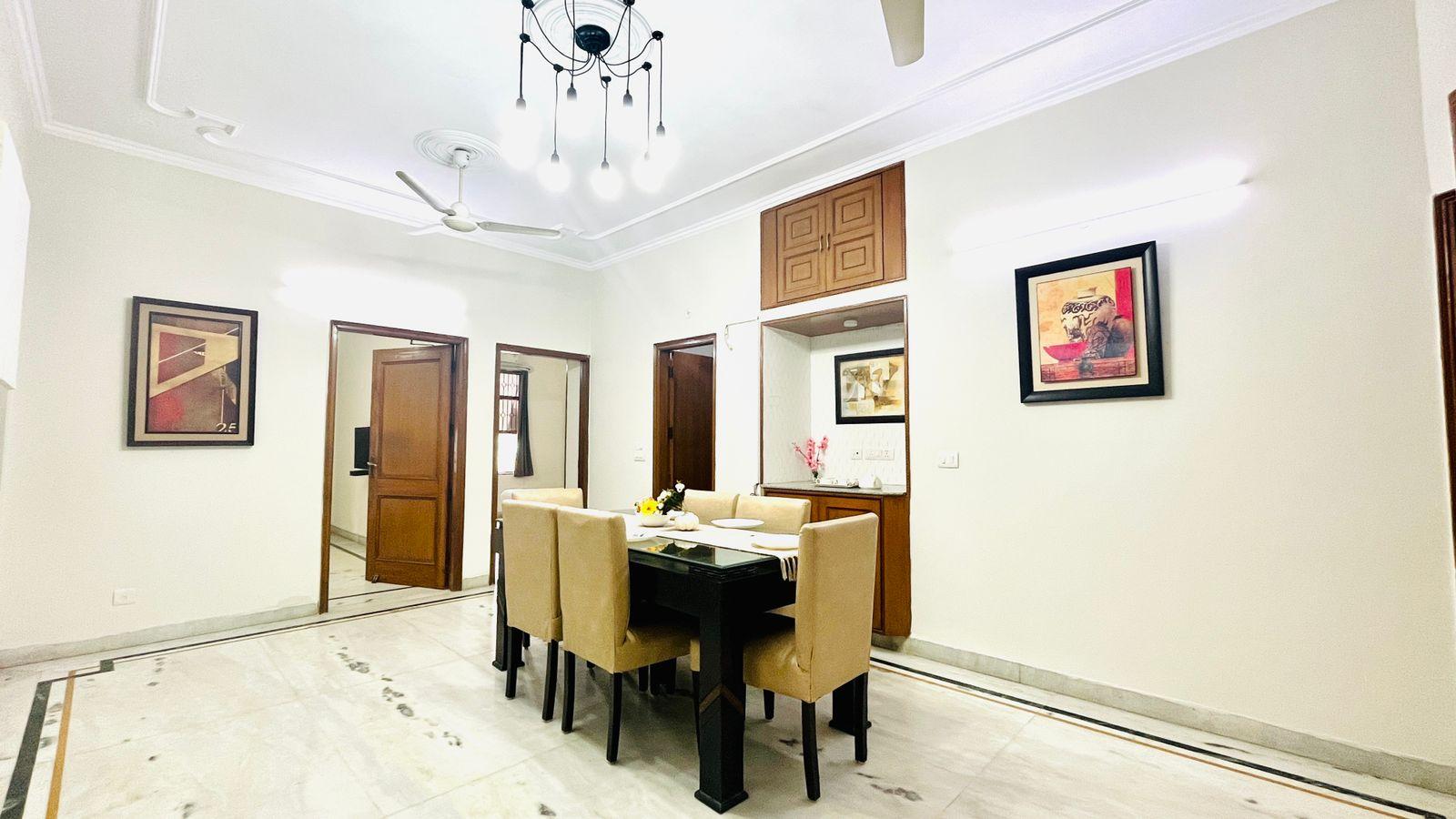Engineered flooring has become an increasingly popular choice for homeowners and contractors in recent years. Unlike solid hardwood or laminate, engineered floors are manufactured by layering real wood veneers over a more stable core. This unique construction makes them ideal for areas prone to moisture and temperature fluctuations. In this post, we’ll take a deep dive into the different types of engineered flooring materials available and their benefits.
What is Engineered Flooring?
Engineered flooring is made up of multiple layers of wood that are pressed and bonded together. The top layer is a high-quality hardwood veneer that provides the look and feel of solid hardwood. Underneath are several cross-layered strips of either high-density fiberboard (HDF) or plywood.
This layered construction makes engineered floors more dimensionally stable than solid wood. The grains of the layers are placed perpendicular to each other, which prevents expansion and contraction. Engineered floors can withstand moisture better and are suitable for basements, bathrooms, kitchens, and over radiant heating subfloors.
Compared to laminate flooring, engineered wood contains real wood veneers instead of a photographic paper overlay. This gives it a more natural, authentic look and feel underfoot. Modern manufacturing techniques allow engineered floors to mimic almost any wood species or appearance while retaining durability.
Construction of Engineered Flooring
All engineered floors share a similar construction but may differ in the number of layers and the materials used:
- Top layer: A layer of high-quality hardwood, usually oak, maple, hickory, cherry, or exotic species. Thickness varies from 1/16″ to 1/4″.
- Core layers: Typically made of moisture-resistant plywood or HDF. Provides stability and prevents warping or cupping.
- Backing layer: A base layer that balances out the plank and prevents bending. Usually made of softer pine or spruce.
- Wear layer: An aluminum oxide coating added for increased scratch, stain, and moisture resistance.
The entire plank is then pressed under extreme heat and pressure to bond the layers together. The thickness of most engineered flooring options ranges from 1/4” to 9/16”. Thinner profiles like 5/16” are best for tight spaces, while thicker planks provide more solidity underfoot.
Types of Engineered Flooring
There are several different categories of engineered floors depending on the materials used:
Engineered Hardwood
This type has a top layer of solid oak, maple, hickory, or exotic wood species. It provides the classic beauty of real hardwood with added durability and dimensional stability. Engineered hardwood works well in kitchens, basements, and over radiant heating.
Acrylic-Impregnated Engineered Wood
Acrylic-infused engineered floors feature wood veneers impregnated with liquid acrylic under high pressure. This treatment enhances scratch, stain, and moisture resistance. Brands like Kahrs and Capella use this technology to create durable, easy-living floors.
Engineered Bamboo Flooring
Bamboo is a grass that offers excellent strength and hardness when manufactured into flooring. Engineered bamboo has a top veneer of woven bamboo fibers fused to a plywood or HDF core. It’s as durable as hardwood but eco-friendlier due to bamboo’s fast growth rate.
Engineered Vinyl Flooring
This combines a top layer of vinyl with a rigid core for the look of wood, tile, or stone with superior waterproofing. The core helps minimize expansion while retaining warmth underfoot. It’s a great option for basements, bathrooms, kitchens, and commercial spaces.
Engineered Cork Flooring
This features a floating floor construction with a cork veneer atop a resilient foam or cork/rubber composite core. Engineered cork is softer than wood, naturally antimicrobial, and provides sound absorption. Brands like WICANDERS offer stylish options.
Benefits of Engineered Flooring
There are several reasons to consider using engineered floors in your home:
Stability: The cross-layered structure minimizes natural expansion and contraction from humidity changes better than solid wood. This allows installation in moisture-prone areas.
Durability: Engineered floors can withstand scrapes, scratches, and dents. The acrylic infused and vinyl-topped types are waterproof and pet-friendly.
Easy installation: Many engineered plank systems have click-lock mechanisms for simple floating installation. No nails or glue necessary.
Wide appeal: With various price points and options mimicking almost any material, engineered floors work for all rooms and design styles.
Sustainability: Bamboo and cork-based engineered flooring offers eco-friendly alternatives to traditional hardwoods. Responsible manufacturing is also easier to achieve.
Radiant heating compatibility: Engineered multi-layer build can handle radiant heating systems better than solid wood.
Lower cost: Engineered floors cost 20-30% less than similar solid woods. Thinner wear layers make exotic species like Brazilian cherry more affordable.
Things to Consider When Buying Engineered Floors
- Location: Consider your climate, whether the floors will be used in a basement or over radiant heating, and expected foot traffic and wear levels.
- Thickness: Thinner engineered planks around 1/2″ suit tighter spaces while thicker 3/4″ planks offer enhanced stability and feel more luxurious underfoot.
- Wood type: Oak and maple are ideal for active homes while exotic species like Brazilian walnut provide a richer, distinctive look.
- Finish: Matte and brushed finishes hide scratches and feel natural. Glossy finishes provide a sleeker contemporary look. Oil-infused finishes offer protection from spills.
- Locking system: Look for engineered planks with click-lock or fold-down installation. Floating systems are ideal for radiant heating and DIY projects.
- Warranty: Opt for 15-30 year residential warranties or higher 10+ year light commercial warranties for extra coverage.
Caring for Engineered Floors
Engineered flooring is quite low-maintenance if properly cared for. Here are some tips:
- Sweep or vacuum regularly to remove grit that can scratch floors.
- Place mats at entryways to trap dirt, sand, moisture, and debris from shoes. Area rugs in high-traffic zones add a layer of protection.
- Avoid excessive water exposure. Immediately wipe up spills and pet accidents. Don’t let moisture linger.
- Maintain indoor humidity between 30% – 50%. Seasonal gaps may appear in extremely dry conditions.
- Use felt floor protectors under furniture legs instead of plastic pads that can trap moisture.
- Avoid using harsh soaps, vinegar, oil soaps or abrasive cleaners. Instead opt for specially formulated wood floor cleaners.
- Refinish engineered floors when the veneer begins to show significant wear or dullness. Sanding and refinishing can often be done at least once.
Proper installation and care allow engineered floors to deliver years of beauty, performance, and great value compared to alternatives. Consult with flooring specialists to select the right engineered flooring for your unique needs. With the wide range of styles and options available, you’re sure to find the perfect look and functionality.
















